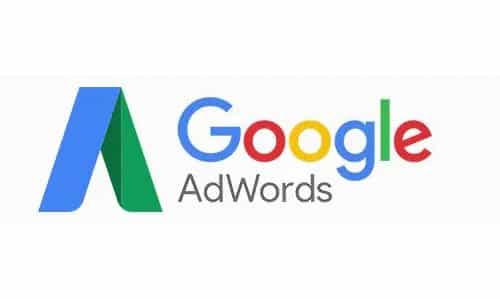For advertisers, regularly tracking and reviewing what creates value for their ads and campaigns are essential. To facilitate this, Google Ads provides conversion data. This enables you to gather all the information you need to ensure your ads are performing well.
Advertisers can use these five strategies to scale up their AdWords accounts by using conversion data.
Display Select
This tool uses historical conversion data to identify conversion patterns and place your text or display ads on websites that are likely to be visited by customers who are ready to convert. Display Select uses the budget of existing search campaigns and is a great tool to grow an account while minimizing risks as much as possible.
Display Select can help you reach customers who are more likely to convert on your website by having an automated bidding system. This system takes into account historical data that targets customers who have greater interest in your ads.
Aside from this, this tool also uses remarketing strategy, where advertisers ensure they target those who already visited the company’s website. By using this strategy, the chances of conversions are much higher.
Content Keywords
Content keywords enable the display network to find websites whose context matches that of your own target keywords. Additionally, content keywords use historical conversion data to find the contextual targeting that is the most likely to generate a conversion for your business. This is much more powerful than just a display campaign, and it can help generate additional sales for your business at a CPA comparable to your other campaigns.
Placing keywords on websites with content similar in context to your own can create higher chances of generating more traffic to a website. This then creates a higher potential for conversion.
Smart Display
This campaign type is almost fully automated and operates by using historical conversion data to let Google serve ads across the entire display network. Ads created with display select will select from among a set of elements to determine what works best for a placement and therefore could generate the best performance.
Smart Display campaigns don’t have many of the options that a display campaign has, and they are fully managed by the Google algorithm. Results can be promising, and it is a good practice to test it out as long as you have enough historical data.
This campaign uses all of your assets to become more responsive. This means your ads will be displayed either as text, image, or a native ad. As your ads become responsive to any of these types of ads, Smart Display makes sure your ad reaches ad spaces of all sizes and/or types.
Across the Display Network, Smart display campaigns combine three optimization technologies to alleviate some of the labor and guesswork from targeting, bidding, and ad creation. According to Google AdWords’ support team, these optimization technologies include:
- Automated bidding. Using Target CPA as a basis, Smart campaigns optimize to set your bids according to the likelihood of conversion in each and every ad auction, seeking to give you the best possible value.
- Automated targeting. Targeting optimizes as your campaign runs, which means your ads increasingly show where they’ll get you the most business.
- Automated ad creation. Ads are automatically generated from the building blocks you provide, like headlines, descriptions, logos, and images. They responsively fit into almost all ad spaces across the Display Network.
By combining these three optimization technologies, Google AdWords ensures that your keywords are targeting the right audience and use remarketing techniques.
Custom Bidding Strategies
Customizing the bidding strategy for keywords with good conversion rates and/or CPA is extremely important to get the most value out of successful tactics.
Customize bids to aim for top of the page position for terms that are on low positions but converting at a good rate. This will help to decrease bids for terms showing up on top with a good conversion rate but a high CPA and CPC. It may also increase bids for terms that aren’t getting much traffic. Because the ads are below the first page bid, the advertiser can evaluate the performance of these terms in terms of conversion and then decide whether to pause or continue the campaign for those specific ads or keywords.
Testing CPA Bidding
CPA bidding is a highly automated bidding strategy that takes control of your bids to generate more sales within your target CPA. The more sales you have, the more accurate CPA bidding is.
However, there are a few accounts where CPA bidding doesn’t perform. A good approach is to test CPA bidding and compare the performance of the account before and after it. By testing this bidding strategy, the advertiser can control how much they spend, as the bidding strategy only focuses on ads that generate more conversions.
It is critical to set a CPA goal in line with the current average CPA of the account, or this bidding setting will not work. This is because you have the risk of going over budget and spending all of your budget on one keyword or ad.
After researching these strategies, advertisers can make a more informed decision regarding which might work best for brand, or they may use a more customized combination. Testing each strategy and checking its performance will help you select which is the best fit for you.
If you need help scaling your Google AdWords account, turning to Yael Consulting. We offer Google Adwords help for businesses large and small. Contact us today!



